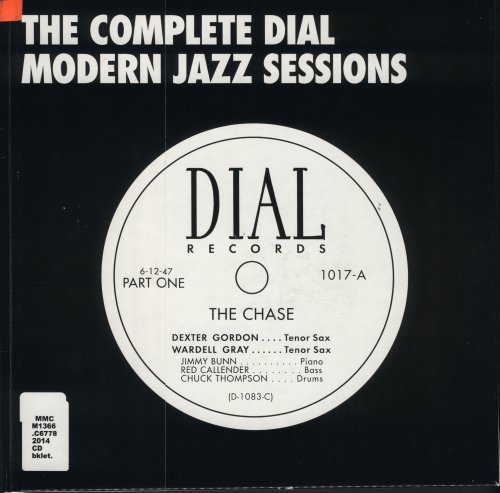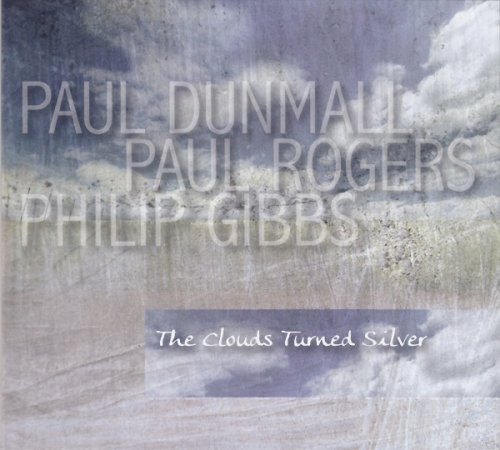Simone El Oufir Pierini - De Montgeroult: Complete Piano Sonatas (2023) [Hi-Res]
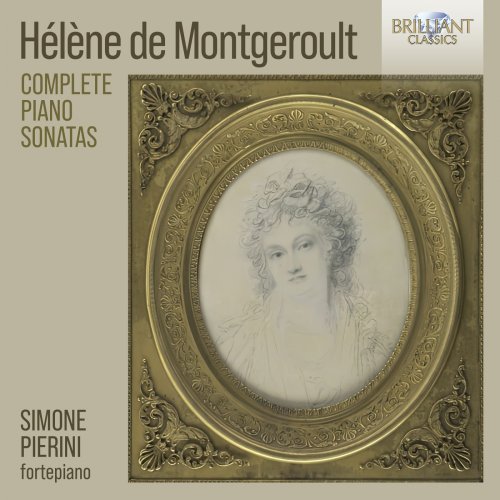
Artist: Simone El Oufir Pierini
Title: De Montgeroult: Complete Piano Sonatas
Year Of Release: 2023
Label: Brilliant Classics
Genre: Classical Piano
Quality: flac lossless (image +.cue, log, artwork) / flac 24bits - 44.1kHz +Booklet
Total Time: 02:45:42
Total Size: 774 mb / 1.53 gb
WebSite: Album Preview
TracklistTitle: De Montgeroult: Complete Piano Sonatas
Year Of Release: 2023
Label: Brilliant Classics
Genre: Classical Piano
Quality: flac lossless (image +.cue, log, artwork) / flac 24bits - 44.1kHz +Booklet
Total Time: 02:45:42
Total Size: 774 mb / 1.53 gb
WebSite: Album Preview
01. Sonata in F Minor, Op. 5 No. 2: I. Allegro moderato con espressione
02. Sonata in F Minor, Op. 5 No. 2: II. Aria con espressione
03. Sonata in F Minor, Op. 5 No. 2: III. Allegro agitato con fuoco
04. Sonata in F Major, Op. 1 No. 1: I. Allegro con spirito
05. Sonata in F Major, Op. 1 No. 1: II. Prestissimo
06. Sonata in E-Flat Major, Op. 1 No. 2: I. Allegro con moto
07. Sonata in E-Flat Major, Op. 1 No. 2: II. Allegro vivace
08. Sonata in F Minor, Op. 1 No. 3: I. Maestoso con espressione
09. Sonata in F Minor, Op. 1 No. 3: II. Allegro agitato
10. Sonata in F-Sharp Minor, Op. 5 No. 3: I. Allegro spiritoso
11. Sonata in F-Sharp Minor, Op. 5 No. 3: II. Adagio non troppo
12. Sonata in F-Sharp Minor, Op. 5 No. 3: III. Presto
13. Sonata in D Major, Op. 5 No. 1: I. Allegro spiritoso
14. Sonata in D Major, Op. 5 No. 1: II. Adagio non troppo
15. Sonata in D Major, Op. 5 No. 1: III. Allegro assai
16. Sonata in D Major, Op. 5 No. 1: IV. Presto
17. Sonata in G Minor, Op. 2 No. 1: I. Allegro con moto e espressione
18. Sonata in G Minor, Op. 2 No. 1: II. Presto
19. Sonata in C Major, Op. 2 No. 2: I. Allegro moderato
20. Sonata in C Major, Op. 2 No. 2: II. Andantino quasi allegretto
21. Sonata in C Major, Op. 2 No. 2: III. Allegro con brio vivace
22. Sonata in A Minor, Op. 2 No. 3: I. Agitato
23. Sonata in A Minor, Op. 2 No. 3: II. Adagio
24. Sonata in A Minor, Op. 2 No. 3: III. Vivace con espressione
![Simone El Oufir Pierini - De Montgeroult: Complete Piano Sonatas (2023) [Hi-Res]](https://www.dibpic.com/uploads/posts/2024-06/1718869387_back.jpg)
Madame Hélène de Montgeroult (1764–1836) lived in a time when significant historical events were shaping France and Europe. Montgeroult's musical oeuvre is distinguished by its interpretive versatility.
The collection of nine sonatas presented here spans from 1795 to 1811. The three sonatas that make up her Opus 1 are three distinct pieces, each with its own mood. The set is strikingly well-versed in the musical style of the time, with the first two sonatas in particular sharing many similarities with the work of Louis Adam and Jean-Frédéric Edelmann. The Sonata in F major, Op.1 No.1, is a cheerful and light-hearted piece in two movements. The Sonata in E flat major, Op.1 No.2, is very similar to the first sonata in terms of overall mood and structure, featuring two fast movements but with less emphasis on virtuosity. The Sonata in F minor, Op.1 No.3, features an uncommon element for its time: syncopation between the two hands throughout the entire piece. The set concludes with a stormy, rhythmically percussive Allegro agitato.
The Op.2 set was engraved in Paris in 1800, with reprints issued in the ensuing years testament to its success at the time. It can be seen as an expansion of Op.1's stylistic language, sharing the same compositional features, but greater in length. The Op.2 No.1 is the shortest of any of Montgeroult’s sonatas, consisting of just two fast movements, the final Presto being a brilliant toccata in two sections. Op.2 No.2 is the first to include a central slower movement, an Andantino quasi Allegretto in G minor. The Sonata in A minor, Op.2 No.3, includes a separate violin accompaniment, not performed in this recording, which follows the ad libitum fashion of the time. With the last three sonatas, Op.5, published by Érard in 1811, Montgeroult rose to mastery. These
sonatas are considerably longer and more complex in their formal structure than their predecessors. The central movements seem deeper than those in Op.2. Op.5 No.1 is possibly the most innovative piece in the collection, with an aesthetical point of view that might have something in common with early Schubert. Op.5 No.1 is also the only one to include a Scherzo. Op.5 No.2 is in F minor, and Op.5 No.3 is in F sharp minor. Overall, the three sonatas in the Opus 5 set expand the form while retaining a Classical-like structure, comparable to later Clementi sonatas or those of other composers of the time, and forecasting the later experimentations of the Romantic generation.

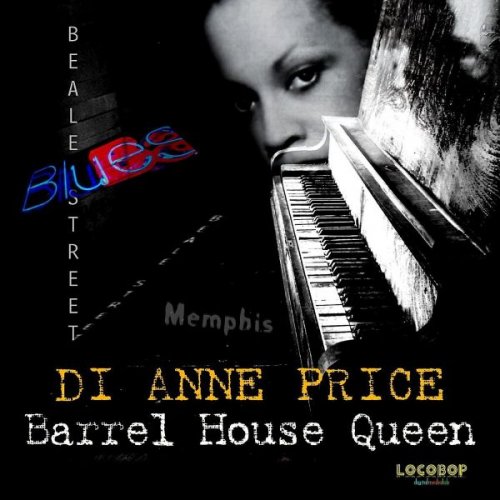
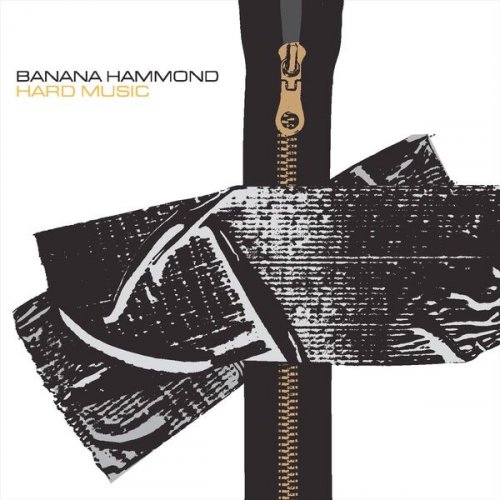


![Jasna Jovićević Quinary - Simple Joy (2026) [Hi-Res] Jasna Jovićević Quinary - Simple Joy (2026) [Hi-Res]](https://www.dibpic.com/uploads/posts/2026-01/1767695610_nqoulajnbmp6o_600.jpg)
